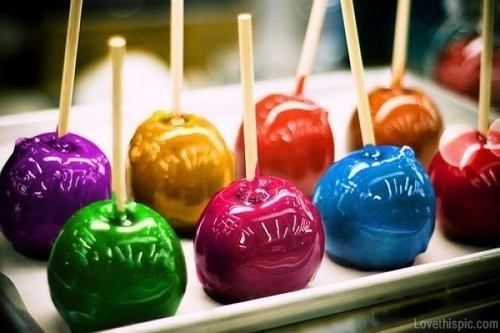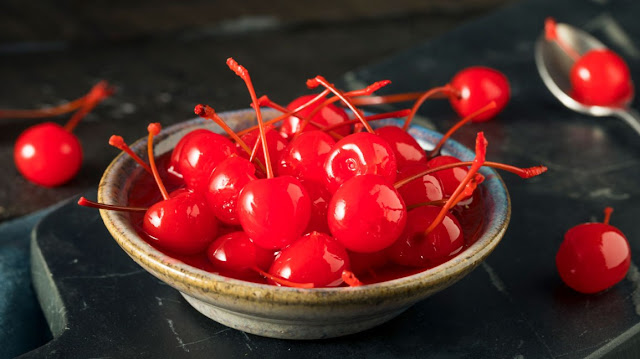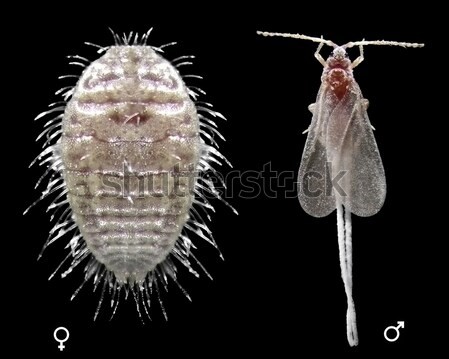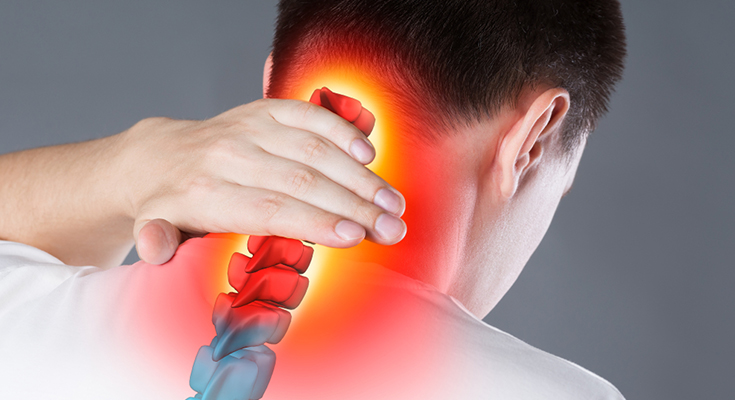Are you immune to cancer? Are food colors really safe?
Artificial food colors are accountable for the bright and
attractive colors of toffees, candies, sports drinks, and other baked foods.
They are also used in life-saving drugs. According to the Food and Drug
Administration (FDA), children are the biggest consumers of food colors. There
are claims of serious side effects of allergies and cancer due to the usage of
artificial food colors but a substance is safe until proven harmful. The safety
of using artificial food color has many conflicting options and the topic is
highly controversial. This article is not only about separating the fact from
fiction but the main motto is ‘Eat Healthy Stay Healthy’.
To understand the effect of food colors on health, we need
to know what food color is. They are chemical substances that were developed to
enhance the appearance of food and make them more tempting. The first
artificial food colors were made from coal tars but nowadays they are made from
petroleum.
Hundreds of artificial colors are developed over the years and most of them are found to be toxic. Food manufacturers often prefer artificial food colors over the natural food colors for dying as they are more vibrant, preservative for longer times, and chipper too. Though all the artificial colors that are now being used in foods have gone through toxicity testing in animals there is still a bit controversy regarding the safety of artificial food colors. According to the FDA and EFSA, the food colors do not pose significant health risks though everyone does not agree with this conclusion. Some food colors are even banned from human consumption in some countries. Which makes the safety of these Artificial food colors highly controversial.
Both the FDA and EFSA have approved a few food colors to use
such as Red no.3 (Erythrosine), Red No. 40 (Allura Red), Yellow No. 5
(Tartrazine), Yellow No. 6 (Sunset Yellow), Blue No. 1 (Brilliant Blue) and
Blue No. 2 (Indigo Carmine) among which Red 40, Yellow 5, and Yellow 6 are the most
popular food colors.
A pediatric allergist claimed the food colors to cause
severe problems in children such as hyperactivity in the year of 1973. Though
there was very little science to back up these claims, many parents adopted it.
A small but significant association has been found between artificial food
colors and hyperactivity in children in several studies. It has been found in
one clinical study that removing artificial food color and preservatives from
the diet significantly reduces the symptoms of hyperactivity. Many studies
found increment of hyperactivity in both 3 and 8-9 years old children. The food
color Yellow 5 has been associated with behavioral changes along with
restlessness, depression, irritation, and sleeping problems. In the year 2004
analysis of 15 studies, it has been concluded that artificial food colors do
increase hyperactivity in children. It is also true that not all children react
the same way to the food colors.
Now the question arises if food color causes cancer or not. Though it’s controversial the long-term animal studies evaluated the safety of food colors and found no evidence of causing cancer using Blue1, Red40, Yellow5, and Yellow6. But the other colors may be more concerning. An organic iodine compound erythrosine, Red3 are found in maraschino cherries which may increase the risk of thyroid cancer and have been shown to cause DNA damage in liver cells.
We, human beings are immune to toxic food colors at no age.
Red 40 is considered the most toxic food color though all food colors are
potentially harmful. As Red40 is made from petroleum or coal, it’s a synthetic
color.
Carmine red or cochineal is made from the cochineal insects by processing in several ways with alcohol or aluminum. At a point, it was known to be a natural dye but turns out to cause allergies or hypersensitivity reactions in many people. So it’s been replaced by synthetic Red color which might be more toxic.
People may experience changes in moods, behavior, headaches, abdominal pain, or other symptoms but the good news is that there are natural alternatives that seem to be safer, though there is a possibility that one might react to natural compounds too. A few natural alternatives to toxic colors are as, Annatto, Carotenes, Beets, Paprika, and Turmeric.







Comments
Post a Comment